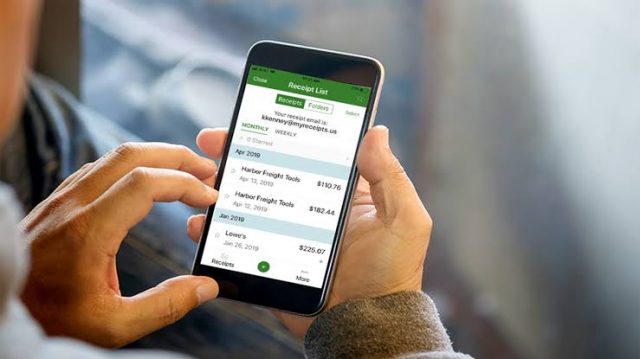Many businesses use digital receipts instead of traditional paper receipts in today’s digital world. A digital receipt is a digital transaction record provided to the customer through email, text message, or mobile app. It is also known as an electronic receipt or e-receipt. We’ll look at digital receipts, how they work, and the benefits they provide for businesses and customers in the text below.
How does it work?
Digital receipts work using a point of sale (POS) system that can provide a digital transaction record. When a customer makes a purchase at a business that offers digital receipts, they can receive their receipt digitally rather than in paper form. If the customer chooses a digital receipt, the POS system delivers it to the customer’s email address, phone number, or mobile app.
OCR API
We should also include the OCR API, an application programming interface (API) that extracts data from images of receipts using optical character recognition (OCR) technology. Computers can detect and transform text from images into digital text that can be modified, searched, and analyzed using OCR technology. As a result, the receipt OCR API is built to extract relevant information from receipts, such as the merchant name, date of purchase, products purchased, and total amount paid. This information can be used for various purposes, including spending tracking, accounting, and taxation. In addition, receipt OCR APIs can be linked to various applications, including mobile apps and accounting software, to automate the data extraction process and eliminate the need for manual data entry. This can save time and eliminate errors, enhancing overall business efficiency.
The many benefits
For both businesses and customers, digital receipts offer several benefits. With traditional paper receipts, it can be easy to misplace or lose them, making it challenging to access the information when needed. However, customers can readily access their receipts via their email, text message, or mobile app at any time, from any location, thanks to digital receipts. This implies that customers may get their receipts quickly and simply for personal or business uses such as spending tracking, reimbursement, or tax purposes.
Furthermore, digital receipts can offer a level of organization that is difficult to achieve with paper receipts. In addition, digital receipts might be a more environmentally responsible alternative to paper receipts. Businesses may lessen their environmental impact and promote sustainability by minimizing paper waste. A simple but significant method to contribute to a more sustainable future for customers who care about the environment is to choose to get digital receipts.
Convenience
Digital receipts offer convenience and accessibility for customers. Customers are no longer required to maintain track of paper receipts, which are often misplaced or damaged. With traditional paper receipts, it can be easy to misplace or lose them, making it challenging to access the information when needed. However, customers can readily access their receipts via their email, text message, or mobile app at any time, from any location, thanks to digital receipts.
Digital receipts can offer a level of organization that is difficult to achieve with paper receipts, but it is worth noting. Customers can organize their receipts by date, vendor, or category using digital receipts, making it easier to track expenses and spot spending patterns. This is specifically useful for business travelers who need to track expenses while on the road or for individuals who want to manage their finances better.
Security and data collection
It is crucial to remember that digital receipts are subject to specific restrictions and data protection legislation, such as the European Union’s General Data Protection Regulation (GDPR). As a result, businesses offering digital receipts must ensure that customer data is collected and securely preserved and that customers can opt out of getting digital receipts if they desire.

Keeping track
Another advantage of digital receipts is the simplicity with which expenses can be tracked. Customers may conveniently access and organize their digital receipts via email or mobile app rather than wading through paper receipts. This makes it more effortless to keep track of personal or business expenses and submit receipts for reimbursement or tax purposes. Some digital receipt solutions even offer classification and tagging options, making identifying and organizing expenses by category or project easier.
Loyalty and engagement
Digital receipts can increase customer involvement and loyalty. Businesses can gain important customer data by delivering digital receipts and utilizing them to customize marketing and promotional efforts to the tastes and habits of their customers. For example, a business might use customer purchasing data to generate targeted offers or incentives for loyal customers, resulting in deeper relationships and customer loyalty. Overall, digital receipts offer many benefits to businesses and customers, making them an important part of any business’s strategy.
In brief, in today’s digital age, digital receipts are becoming increasingly popular as a quick and cost-effective replacement for traditional paper receipts. In addition, customers benefit from digital receipts’ convenience, accessibility, and environmental benefits.








